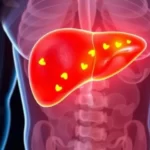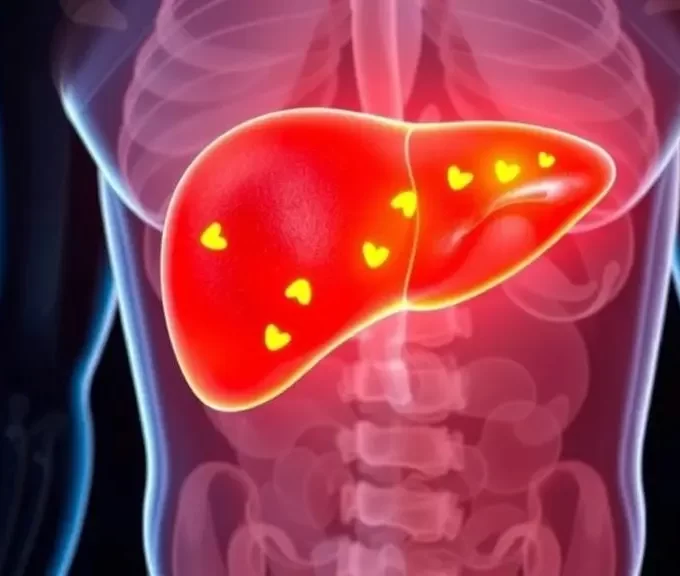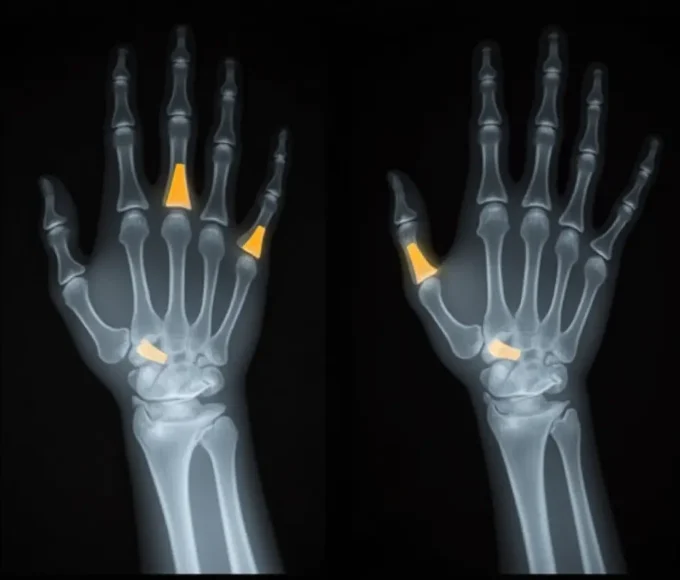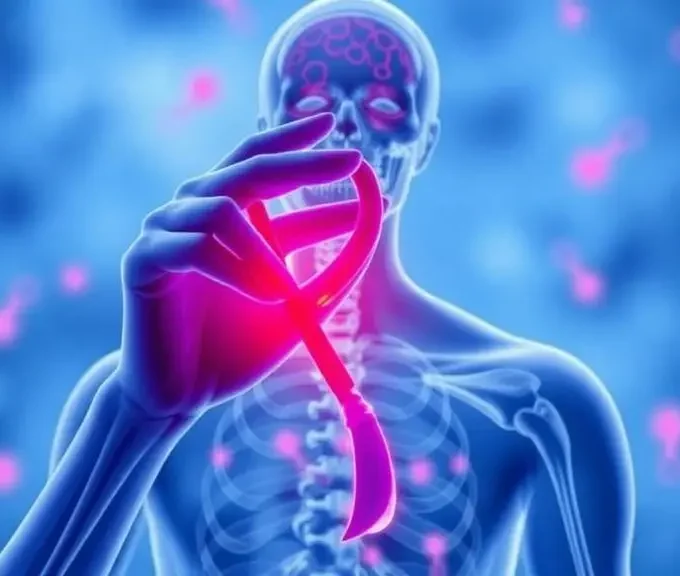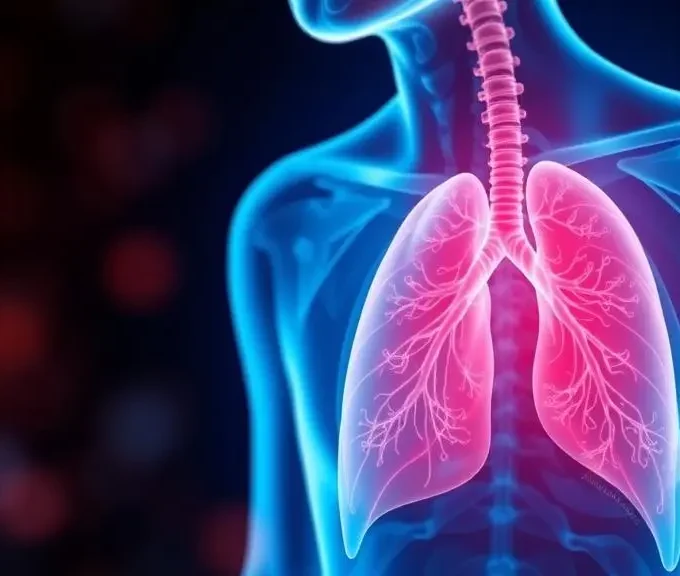Threatened ABORTION / Miscarriage – Treatment & Homeopathic Remedies
#Sabina. [Sabin]
This is a remedy useful to prevent impending abortion occurring about the third month, ushered in by the appearance of blood, which is oftentimes the first symptom; then follow pain in the small of the back, going around and through the pubes ; there are forcing and dragging pains from the sacrum to the pubes. The flow is bright red and clotted. It is useful for metritis accompanied by flooding from miscarriage. Cinamomum. Useful for abortion from a strain or misstep with profuse haemorrhage and slight pain. Arnica. Threatened miscarriage from traumatism.
#Secale. [Sec]
For miscarriage in the early months of pregnancy Secale may be the remedy, especially in feeble and cachectic women. It is useful for checking the tendency to miscarriage in the later months, when the muscular tissue of the womb is largely developed. It is indicated by frequent labor-like pains, a copious haemorrhage of black fluid blood, a wan sunken countenance, tingling and formication of the extremities and a desire for air. Hartmann recommended Secale 12.
#Viburnum opulus.
Threatening miscarriage when the pains come from the back around to the lower part of the abdomen and go into the thighs. It will often stop these spasmodic pains. It is a remedy to be used in frequent and early miscarriages. Sepia is one of our most important remedies as a preventive of miscarriage. It is indicated by nervous irritability, laxness of tissues and a sense of weight in the anus. Belladonna. Threatened miscarriage with profuse hot haemorrhage, backache, headache and the peculiar uterine tenesmus of the remedy and violent aching of the body. The least jar is painful.
#Cimicifuga. [Cimic]
One of our most powerful restrainers of abortion; the pains indication the threatened miscarriage fly across the abdomen from side to side doubling the patient up. It suitshabitual abortion in women of a rheumatic diathesis. Aconite. Impending abortion from anger, also Chamomilla ; the mental conditions, however , will be different with Chamomilla ; great nervous excitement will accompany the pains. Caulophyllum. A very useful remedy in false labor pains and also as a preventive of abortion. There is severe pains in the back and sides of the abdomen, feeble uterine contractions and scanty flow.
Related Articles
General Disease
Homeopathy for Fatty Liver: Causes, Symptoms, Remedies & Recovery
Fatty liver disease has emerged as one of the most common health...
General Disease
Buckle Fracture (Impacted): Symptoms, Causes & How It’s Treated
An impacted fracture is a type of bone fracture that occurs when...
General Disease
Homeopathy for Cancer Treatment: A Deep Dive into Holistic Healing & Hope
When someone hears the word “cancer,” it often comes with fear, uncertainty,...
General DiseaseHomeo
Lungs Cancer Explained: Symptoms, Best Treatments & Homeopathy’s Role in Recovery
Lungs cancer remains one of the deadliest and most misunderstood diseases globally....



